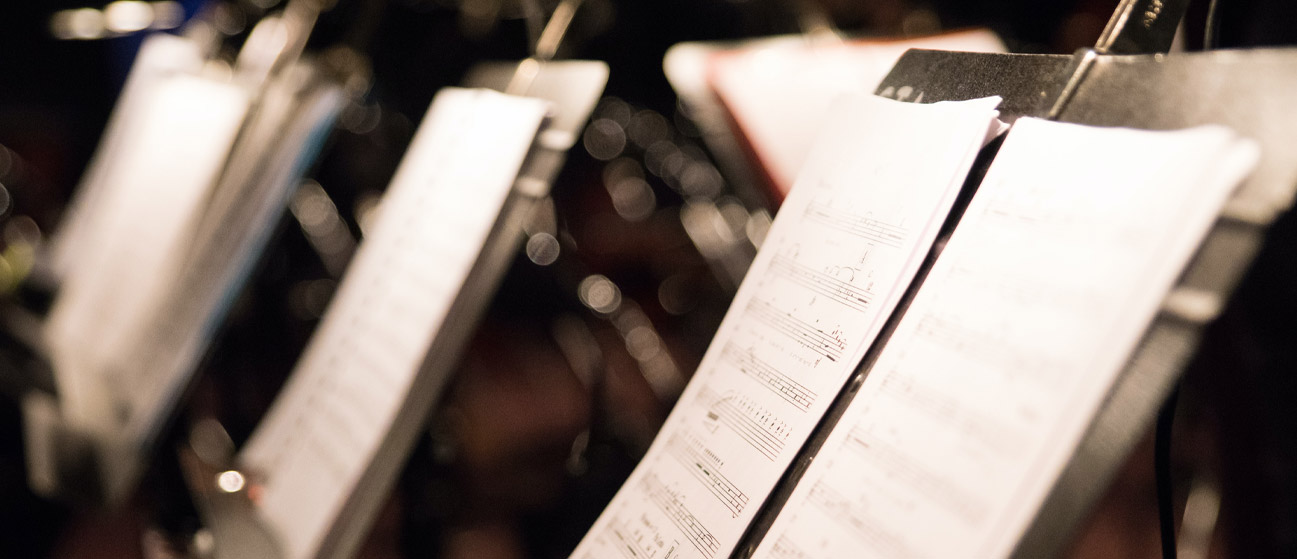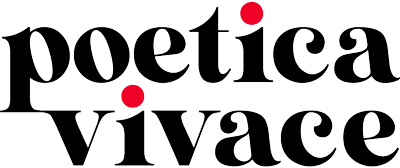The Lydian take on music offers a different viewpoint from the traditional tonal approach. It is by no means an ideology. In a nutshell, this system formulated by George Russell (1923 – 2009) in his Lydian Chromatic Concept of Tonal Organization in 1953, is based on a modal rather than tonal point of view.
The Lydian approach has been fueling my work since my first encounter with George Russell in 1979 (we met again in 1984). In particular, it allows me to do unusual things from a harmonic point of view, which is pleasurable for the ears.
Poetica Vivace editions publishes my work about this field, while previously I composed for jazz ensembles and for the purpose of improvisation.
François Cotinaud
About “Lydian studies”
Personally, I see these pieces as following in the footsteps of some great creators of the twentieth century who have shown a particular interest in the clarinet (Berio, Pousseur, Denisov) as well as of some brilliant jazz improvisers who were their contemporaries.
These connections have something to do with George Russell’s Lydian Chromatic Concept which François Cotinaud uses as the structuring principle lying at the heart of these pieces. It involves a ‘non tonal, modal approach’ which can be seen in the musical DNA of the composers mentioned above as well as numerous great jazz performers. Berio and Pousseur, for example, looked beyond twelve-tone serialism, without disowning it, while chromaticism is closely intertwined with modes in sustaining choruses from Ch. Parker to J. Coltrane via T. Monk (to name but a few).
Therefore, I recommend that all clarinetists find a special place for this collection on their shelves but also, more importantly, in the repertoire that they practise and perform. They, along with their audiences, will undoubtedly become aware that the word ‘studies’ means a great deal more in this case than what it generally suggests.
Alain DAMIENS
(extract from the foreword)

